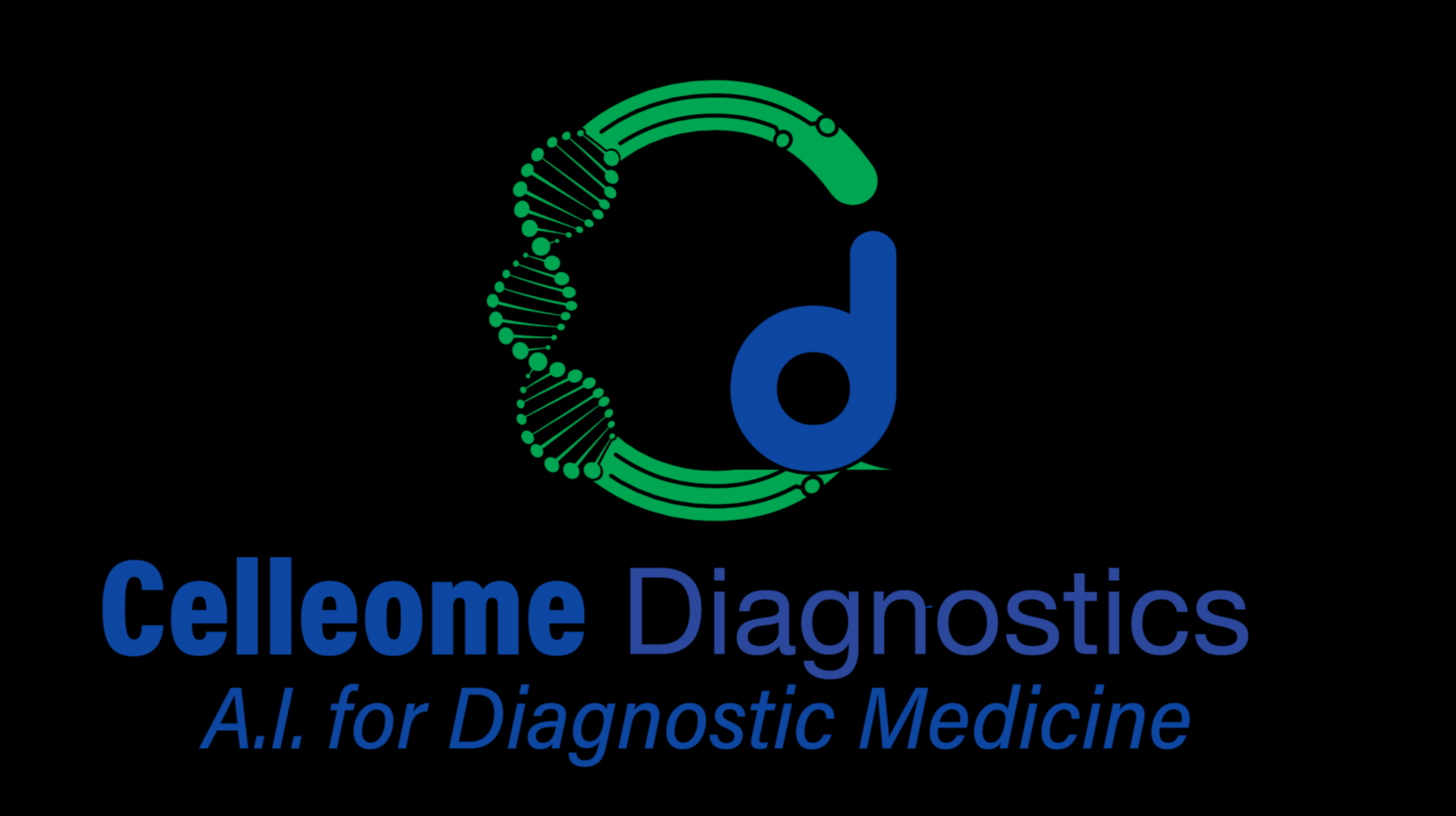Bussiness Ideas
An6-microbial resistance (AMR) and mul6-drug resistance to an6bio6cs is a recognized global crisis (5, 6). The hot
and humid climate of India favoring op6mal growth of bacteria and other microorganisms, infec6ons are reportedly
a leading cause of morbidity and mortality. While the use of broad-spectrum an6bio6cs is warranted due to the
urgency to ini6ate management of bacterial infec6ons, erroneous, overuse, or misuse of an6bio6cs among others
are causes of AMR. Furthermore, loss of forests due to agriculture, urbaniza6on, climate change, and other
environmental changes has increased human-animal interac6ons, crea6ng an addi6onal burden by exposing
humans to novel and emerging pathogens and variants thereof.
Although AMR surveillance has now been ac6vely ini6ated by providing an6biograms, these measures are
largely limited to ter6ary care facili6es, which serve the needs of pa6ents referred from other medical facili6es
either locally or remote geographical. Conversely, since a majority of the popula6on resides in rural areas, primary
and secondary healthcare facili6es are their primary medical health service providers. With no an6biograms
available at these facili6es, a baseline AMR profile and pathogen prevalence is absent, which is crucial for e?ec6ve
AMR surveillance.
The absence of diagnos6c infrastructure and skilled microbiologists at primary and secondary healthcare
facili6es limits this ability. Alterna6ves to the tradi6onal method of culturing disease-causing pathogens derived
from pa6ent blood, urine or other bodily-fluids now exist, which are comparably sensi6ve and specific, are also
financially viable. All such methods are illustrated in Figure 1. The e?cacy of quan6ta6ve Polymerase Chain
Reac6on (qPCR) and whole genome sequencing (WGS) to diagnose COVID-19 disease and SARS-CoV-2 viral variants
has been globally demonstrated. Addi6onally, managing the COVID-19 pandemic resulted in the establishment of
molecular diagnos6c infrastructure in all districts of India, which can now be re-purposed for pathogen detec6on
and AST profiling. Thus, public health facili6es are now su?ciently empowered to make use of these cu\ng-edge
technologies for e?ec6vely managing infec6ous diseases in India.
Data from deploying molecular diagnos6cs in the public healthcare system for infec6ous disease
management can be compiled into a database, which can then be used for AI tools to predict disease and AMR
informa6on. Currently, AI for infec6ous disease and AMR predic6on is hampered by limited data availability. Thus,
we intend to conduct a pilot at few districts in Rajasthan by performing WGS derived from infec6ous disease
pa6ents to iden6fy pathogens and AMR genes, while also recording metadata such as pa6ent demographics and
geography. Eventually, the pilot can then be expanded to all districts in the state to get a complete landscape of
pathogen and AMR profile at the primary health care (grassroot) level. This comprehensive record of infec6ous
diseases will be invaluable for its use to develop AI tools for accurate AMR and disease predic6on.
As can be readily appreciated, this resource will help iden6fy pathogens causing infec6ons and AST/AMR
profiles stra6fied by geography and demographics. Addi6onally, the database will serve as means to monitor
emergence of novel strains and variants of disease-causing microorganisms, thus leading to e?ec6ve surveillance.
Furthermore, the database will also address the concerns of 6mely detec6on of zoono6c diseases.
1. 2. 3. 4. 5. OBJECTIVES
A retrospec6ve and prospec6ve compiling of iden6fied pathogens and any associated AST/AMR informa6on by
culture or molecular methods employed at primary and secondary healthcare facili6es
Using mNGS to perform WGS on pa6ent derived samples suspected of infec6ous diseases
Build a database of pathogen and AMR/AST records including metadata
Use the database as basis to develop custom an6biograms customized for regions in districts
Deploy machine learning tools to interrogate the database and train an AI model to accurately iden6fy pathogens
and predict AMR genes for guiding an6-microbial therapy
Show More

